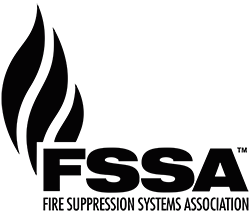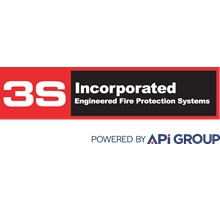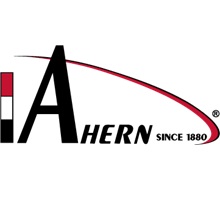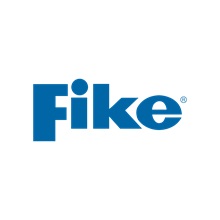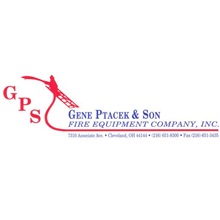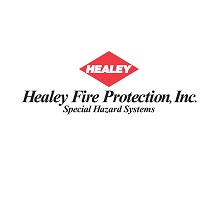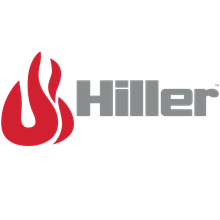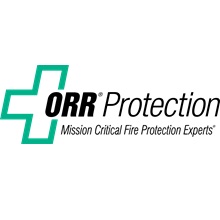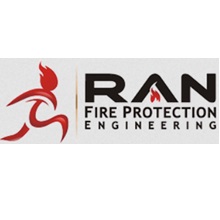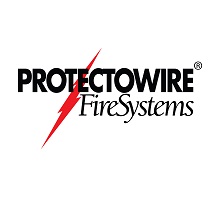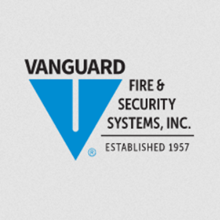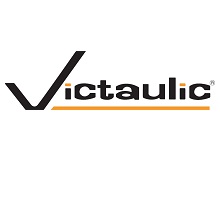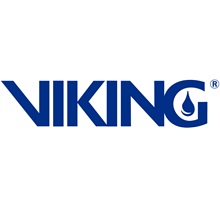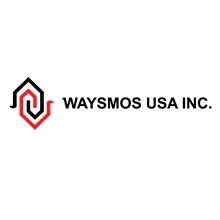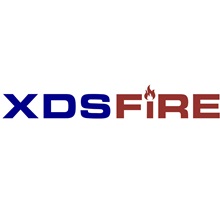NFPA 855 Series: What an AHJ learned from the McMicken Energy Storage Facility Owned by Arizona Public Service Co.
We always try to learn lessons. What worked well, what didn't work well. McMicken showed us that a clean agent type fire protection system alone is not adequate. We need something else. We need sprinklers. If we're going to be in an occupiable space, once again, we know that sprinklers don't control the thermal runaway, so all we're really doing is cooling it. Now, sprinkler water, as well as the water mist system, is really good about keeping vapors down, which is another thing that we're working on here in the valley with one of our battery installations. But sprinklers alone are not going to control the thermal runaway. It's going to do its thing until it's done.
McMicken showed us that we need mechanical ventilation. If we had mechanical ventilation, we would not have had the explosive atmosphere that we had in McMicken and we wouldn't have hurt Hunter and his crew. We needed detection. Right before this, I was actually teaching my inspectors about batteries and the fire code and we watched a video of an electric vehicle, I think it was in a parking garage in China. The beginning of the fire is a little wisp of white smoke. Very tough to see it. I actually have to point it out. That's the early detection we are looking at right now. How can we get early detection to know that we might be having a problem with these batteries and thermal runaway? So, we know we need detection, we need smoke detection and maybe we need gas detection.
We definitely need explosion control. Explosion control is probably the toughest item that we're debating in NFPA 855 right now. What is explosion control? What is NFPA 68? What does NFPA 69 say? Do we really have good explosion control for these unoccupied battery cabinets? That's what we're trying to do right now. We know we need training, but it's not just training within the fire department. It's training from the industry, training like we're doing right now, and training our public. We recently had an electric vehicle fire in the City of Scottsdale. If anyone has been into the Phoenix area, Scottsdale is a pretty rich area and a sad story. Nobody died, but a young lady went to the motor vehicle division to get her learner's permit. She's 15. She gets her permit. Her dad says, congratulations, you can drive the Tesla. She puts her foot on the accelerator and hits the building right next door to the MVD and the vehicle catches fire. Scottsdale Fire put out the fire and threw the vehicle on a flatbed. The driver takes a left hand turn onto Scottsdale Road and the vehicle goes back into thermal runaway. He drops it in the middle of the street. When I arrived, as part of the hazmat team, the first thing I said was, we should just let it burn and we'll be done with this. And the chief at the time said, we cannot let this thing burn in this area. And that's something that we need to work on; better public information, better training, but also understand that every single installation is different from the next. And that's something that I've been preaching to the industry for a long time.
Just because you're putting one in here and it's the exact same technology, the exact same number of batteries, every installation is different. And we'll kind of get into that here in a little bit.
One of the biggest things that I'm doing right now is talking about creating partnerships. And it's not just the battery industry, it's every industry out there. It's creating partnerships with your AHJ, creating partnerships amongst yourselves to have a better idea of what's going on, and being one hundred percent transparent. The earlier that you guys come to us to say, “Hey,” we're thinking of putting this battery in or we might do this battery technology, the better it is for everybody. Because we create those partnerships, we start to know each other, and we start to create trust and really good working relationships early in the process. Because the worst thing is the first time that I meet somebody is when they're submitting plans for a battery system that is way too far in the game. And then everybody gets mad because now I am slowing up the process because I don't know anything about this battery system.
And it takes a lot, a lot of time and a lot of effort to go through the Hazard Mitigation Analysis (HMA) and the different technical data that's part of the installation. So, we need to create these partnerships. I was at a conference talking about batteries and after the conference, after I spoke, they came up to me and they're like, wow, they really brought an AHJ to the conference. I didn't think they'd do that. Like we're some bad person that shouldn't be there, or you know, we're the bad guys. We're not the bad guys. We shouldn't be the bad guys. Those days should be long gone. We're partners. We all have a boss, and these installations need to be installed. We just need to do it together and make them safe. That's the number one goal.
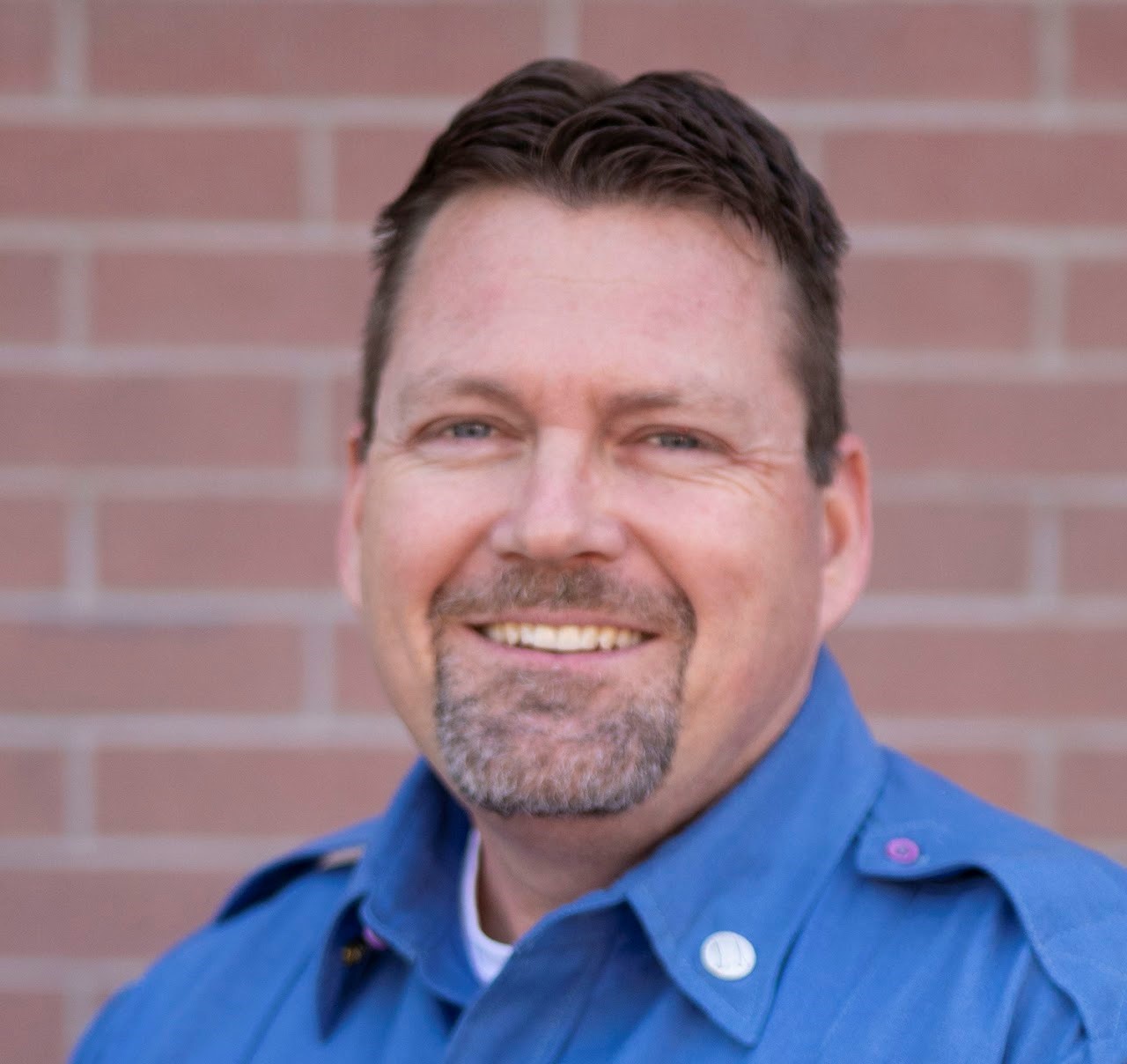 FSSA Series Presented by: Brain Scholl, Deputy Fire Marshall of the Phoenix Fire Department
FSSA Series Presented by: Brain Scholl, Deputy Fire Marshall of the Phoenix Fire Department
As a Deputy Fire Marshal that has seen the impact of ESS fires and incidents as well as a member of the NFPA 855 committee, Brian will share his perspective on how the code was developed, highlight lessons learned from serious ESS incidents, and how the code should be interpreted and applied. Brian Scholl is a Deputy Fire Marshal with the City of Phoenix Fire Department. Throughout his 22-year career, Deputy Fire Marshal Scholl has worked in many roles to include being the Public Information Officer and managing the Special Hazards Unit. This highly trained inspection unit inspects and permits any facility that stores, handles and uses hazardous materials including lithium ion batteries. Brian also serves on many different code technical committees to include NFPA 855, the standard for the Installation of Stationary Energy Systems and NFPA 420, the Standard on Fire Protection of Cannabis Growing and Processing Facilities.
Hear more from Brian first-hand at the upcoming FSSA 2024 Annual Forum which will be held February 22-26 in Phoenix, AZ. Don't forget the deadline to register at the regular rate is January 15!
Looking for more education on this topic? Videos are continuing to be added to the FSSA NFPA 855 Standard for the Installation of Stationary Energy Storage Systems Series playlist on YouTube. Subscribe to the FSSA channel for updates. Not an FSSA member? Join today and your entire company gains access to the FSSA Annual Forum, publications and communications, complimentary webinars, discounted training programs and more!
Take advantage of the FSSA new member promotion for Installers, Manufacturers, and Suppliers. This one-time introductory membership price is valid for any new member company or returning member company that has not been active in the last three (3) consecutive years.
